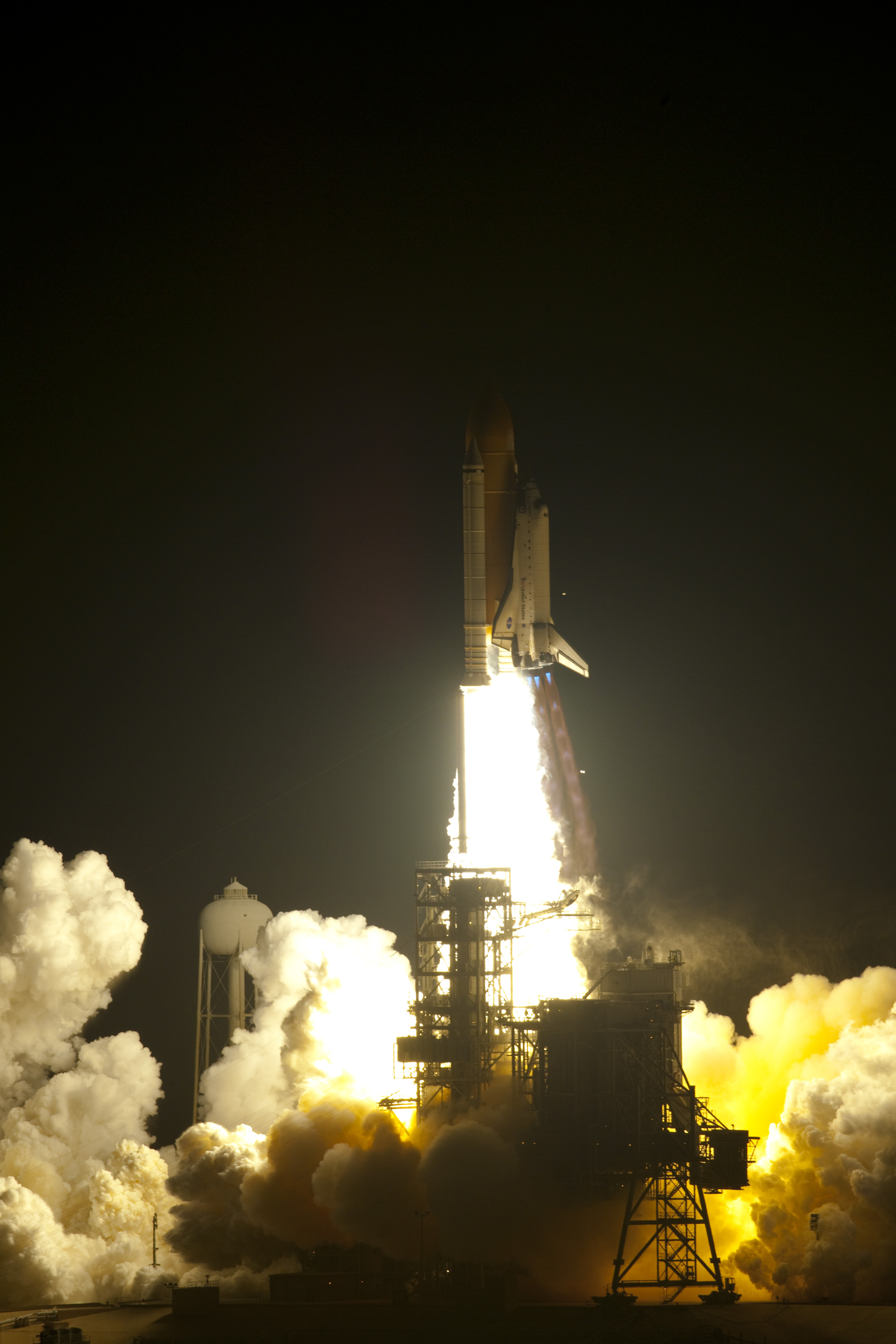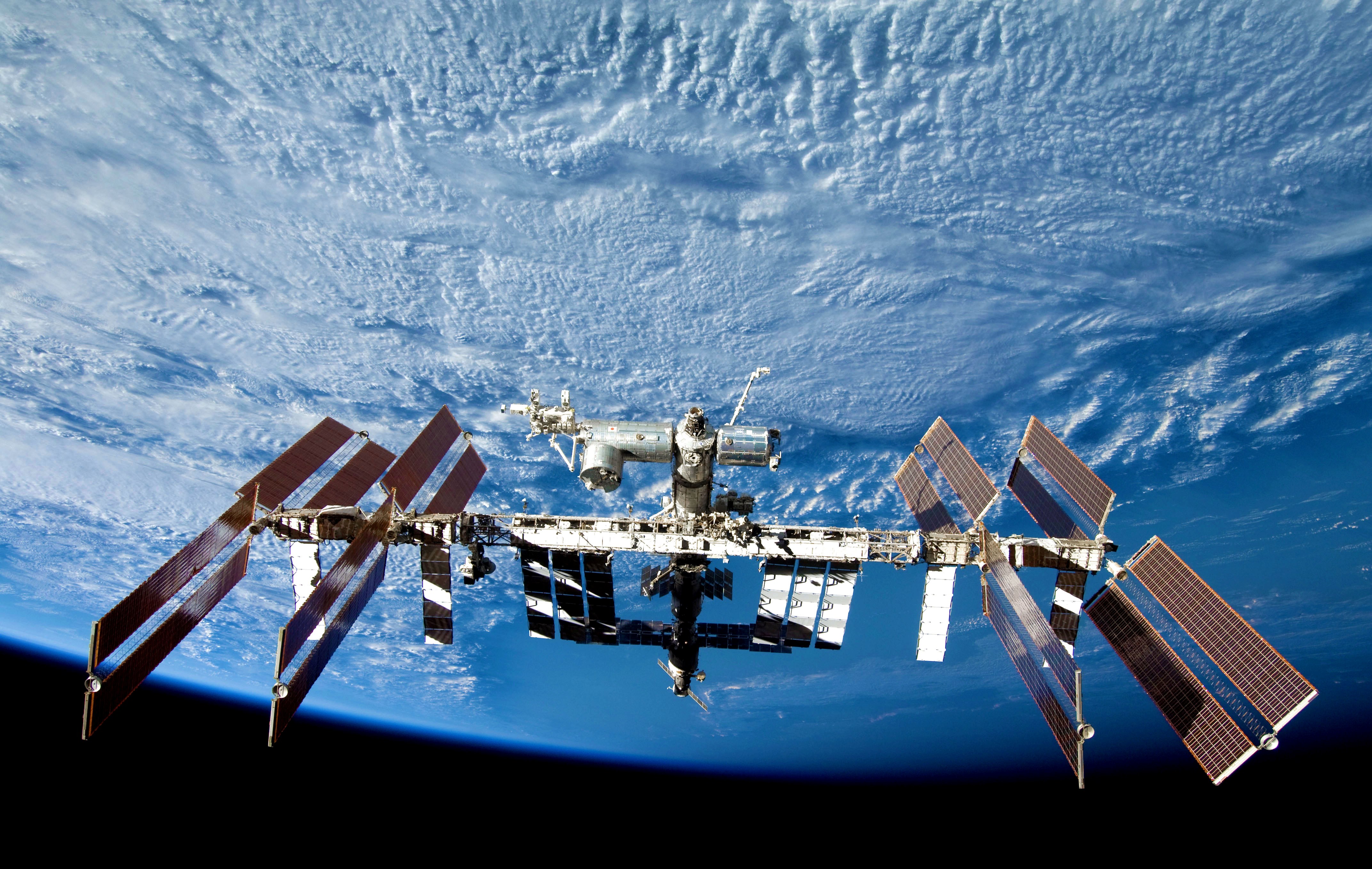European modules complete the International Space Station
11 February 2010
The largest building site in space is nearing completion. On 8 February, Space Shuttle Endeavour was launched from Kennedy Space Center in Florida, carrying two state-of-the-art European modules: Node-3 (Tranquility) and Cupola. After the Shuttle docks at the International Space Station (ISS), these two sections will be attached to the huge orbital structure. Their safe delivery will mark the completion of the non-Russian part of the ISS, with more than a third of the pressurised Station elements designed and built in Europe.
Node-3 is the second of two connecting corridors (Nodes-2 and -3) to be supplied by ESA. Both of them were built by European industry, led by Thales Alenia Space of Italy. Node-3 will provide extra living space for the astronauts and storage space for equipment. It will be the heart of the Station’s life support system, removing carbon dioxide, generating oxygen and recycling water. It also includes an additional toilet and exercise equipment for the crew.
Cupola is the largest and most complex observation platform ever launched into space. Once it is attached to the Earth-facing port of Node-3, its seven large windows will give an unrivalled view of our planet and the outside of the ISS. This ‘window on the world’ will be used for many different activities: operation of the Station’s robot arm, monitoring dockings of Europe’s Automated Transfer Vehicle and other incoming craft, observations of spacewalks and scientific observations. It will also be in demand as a relaxation area: one of the most enjoyable experiences for the Station crew is looking down at Earth or up at the stars.







